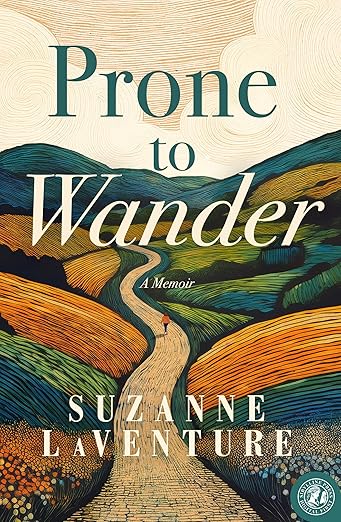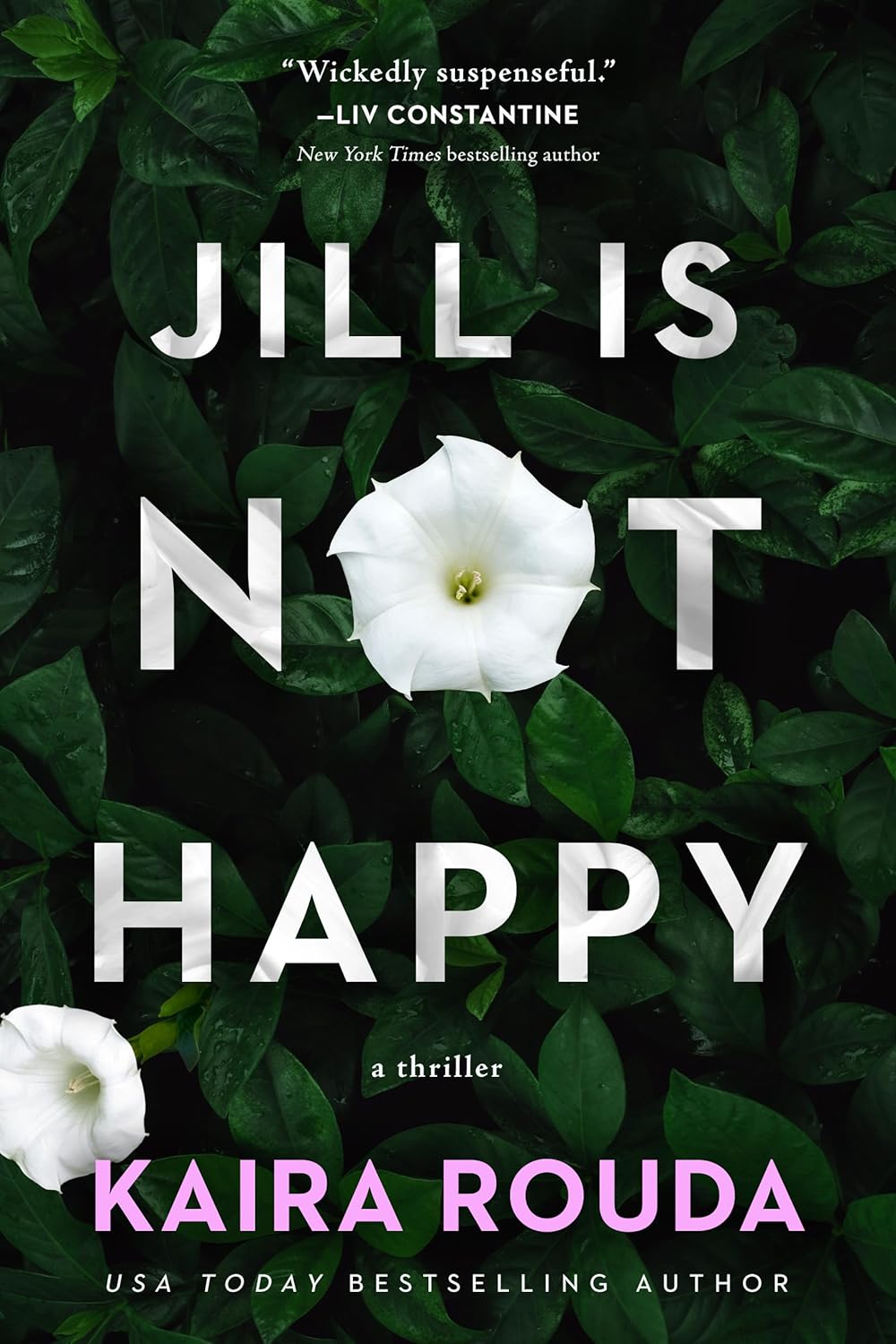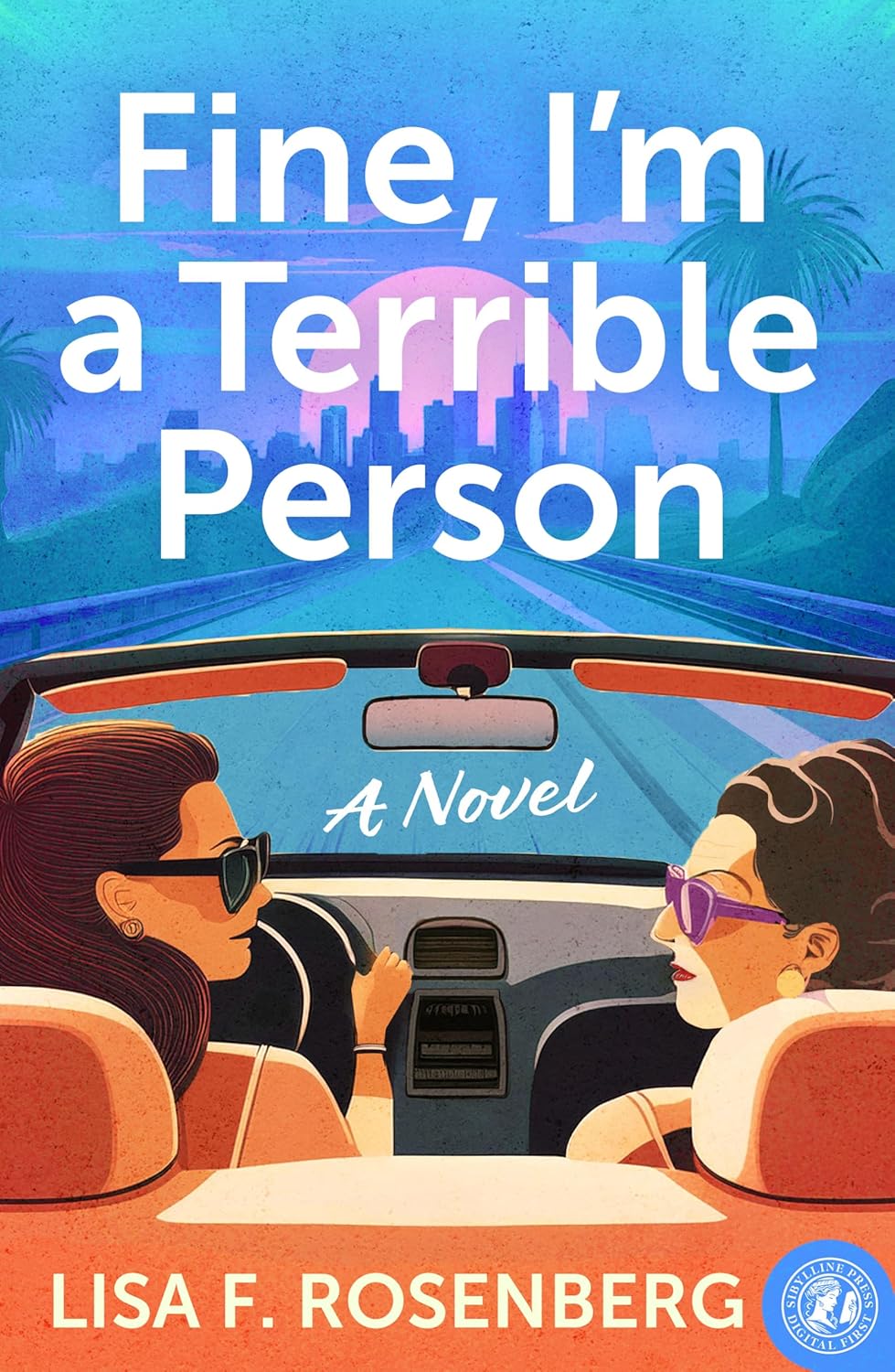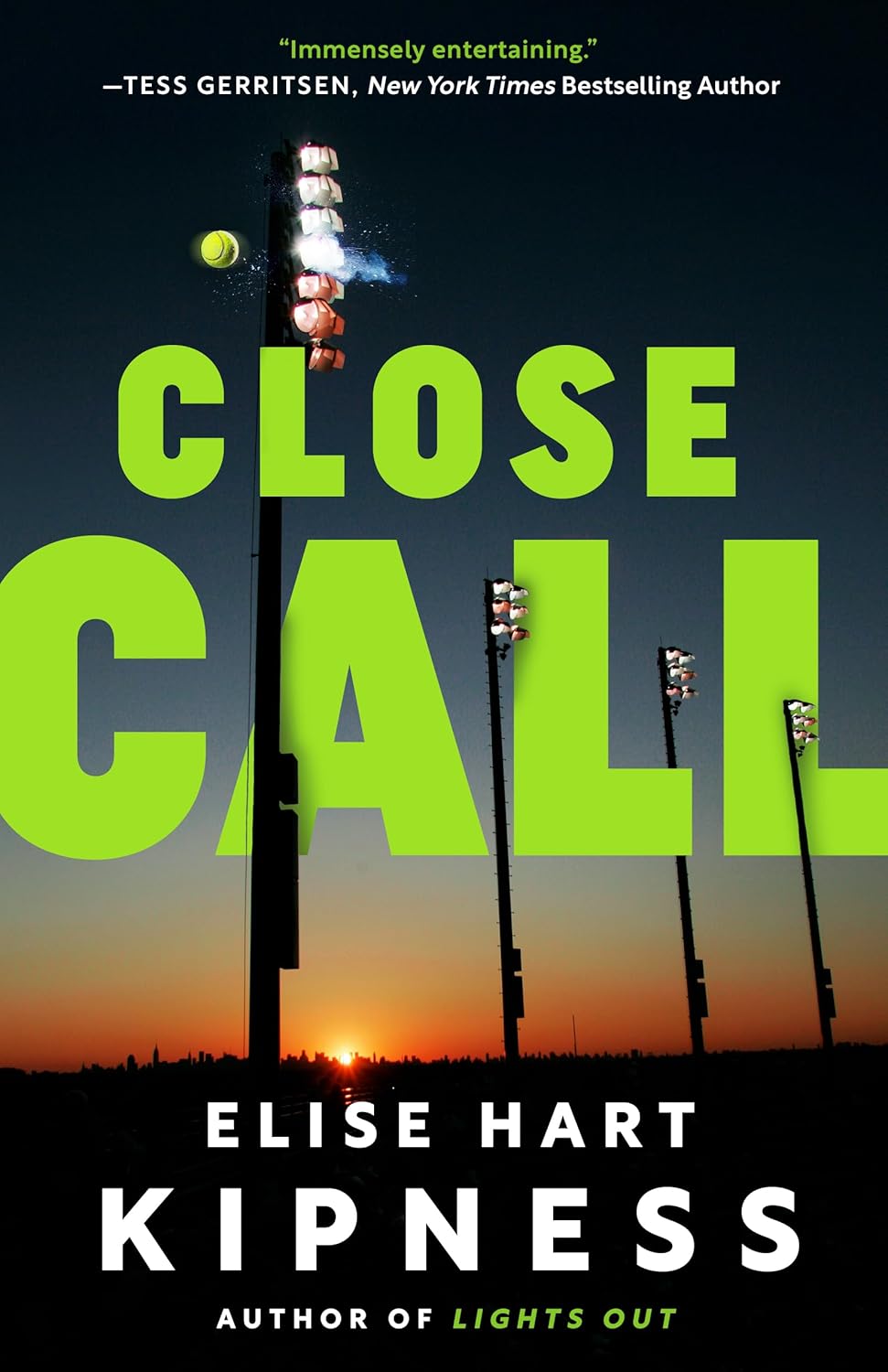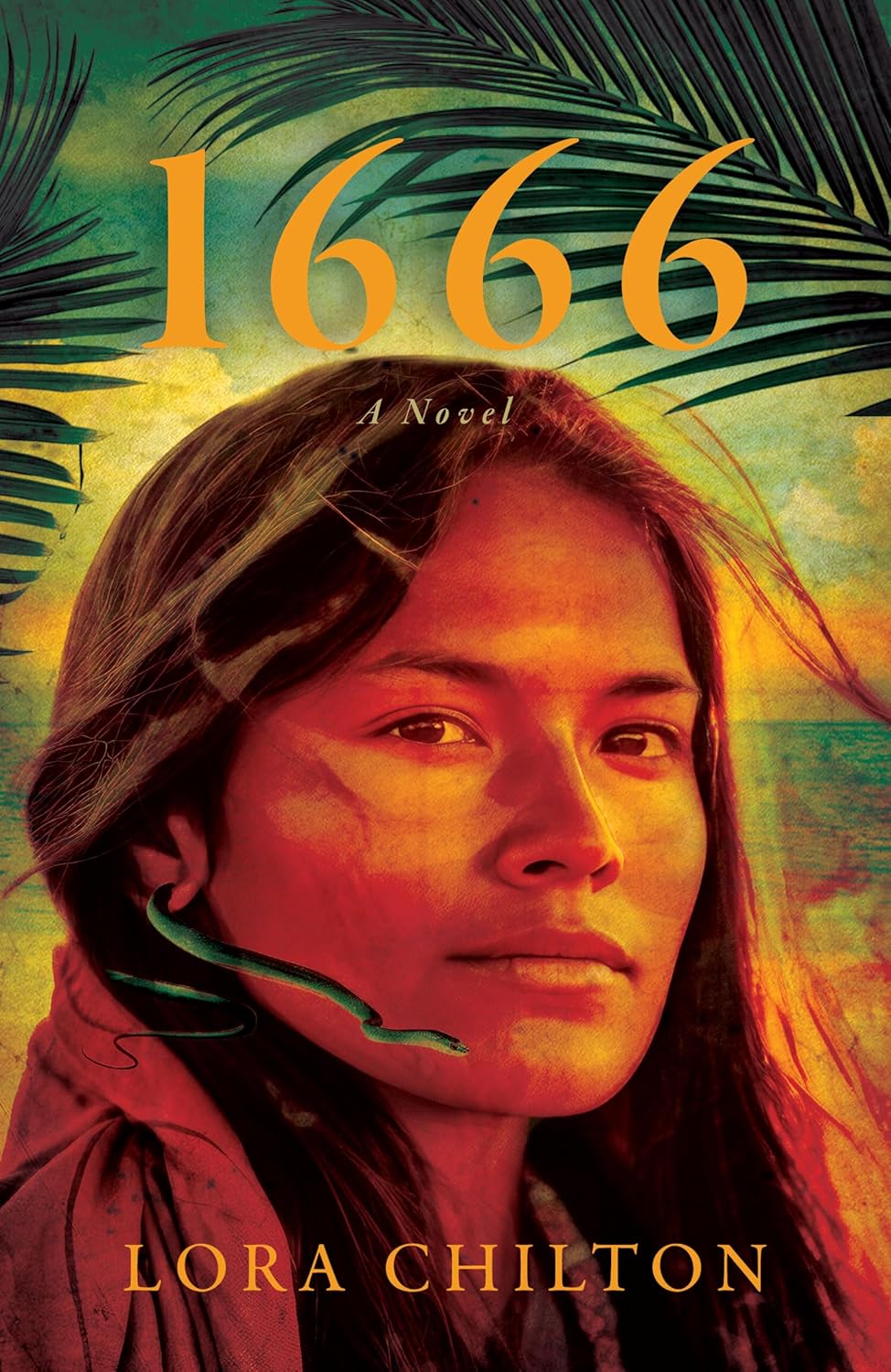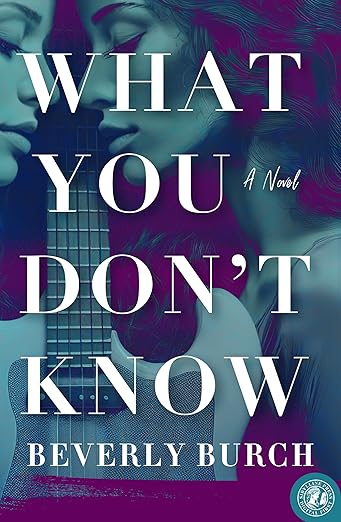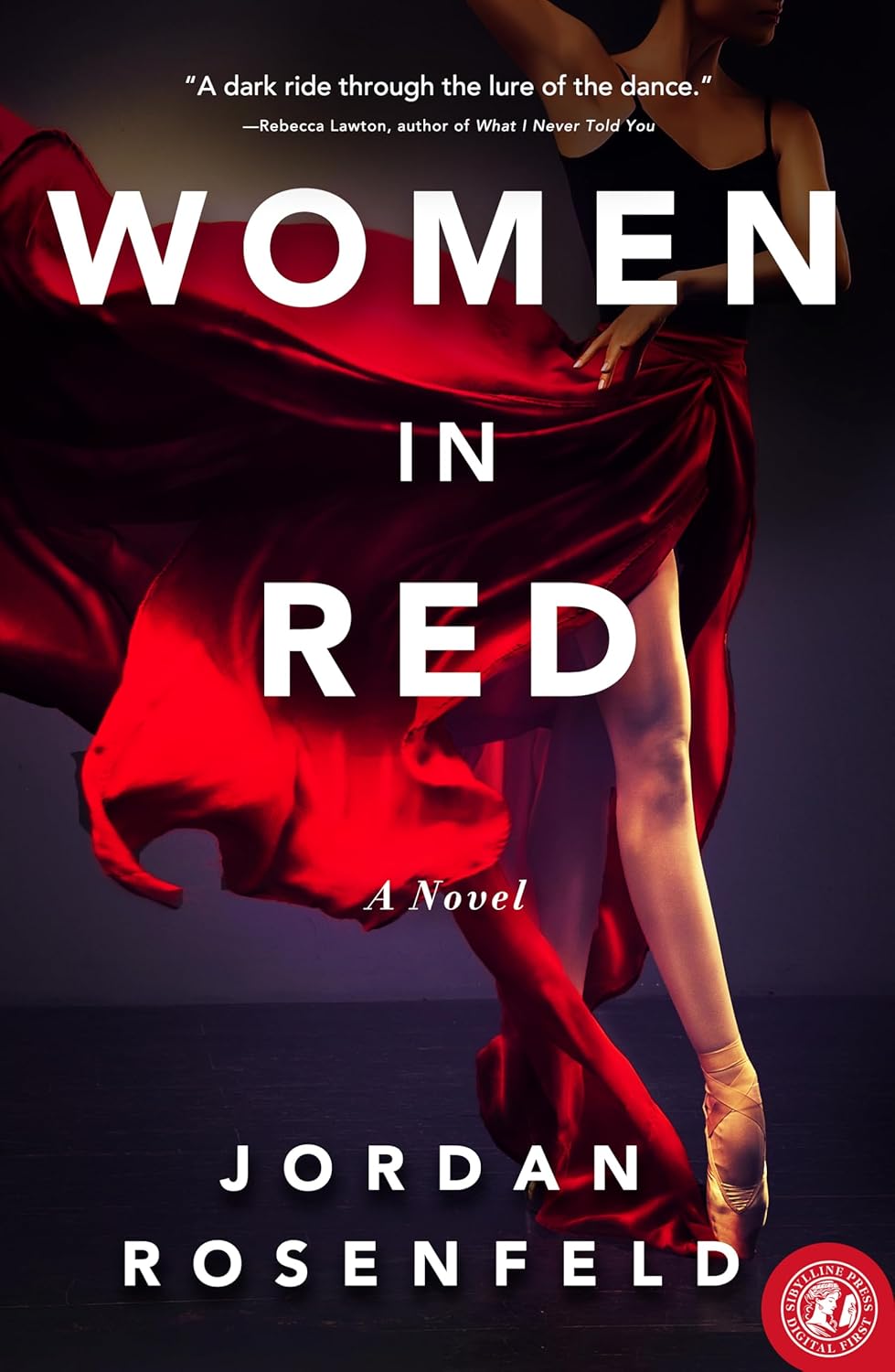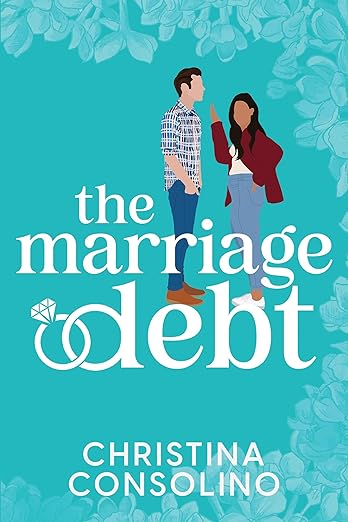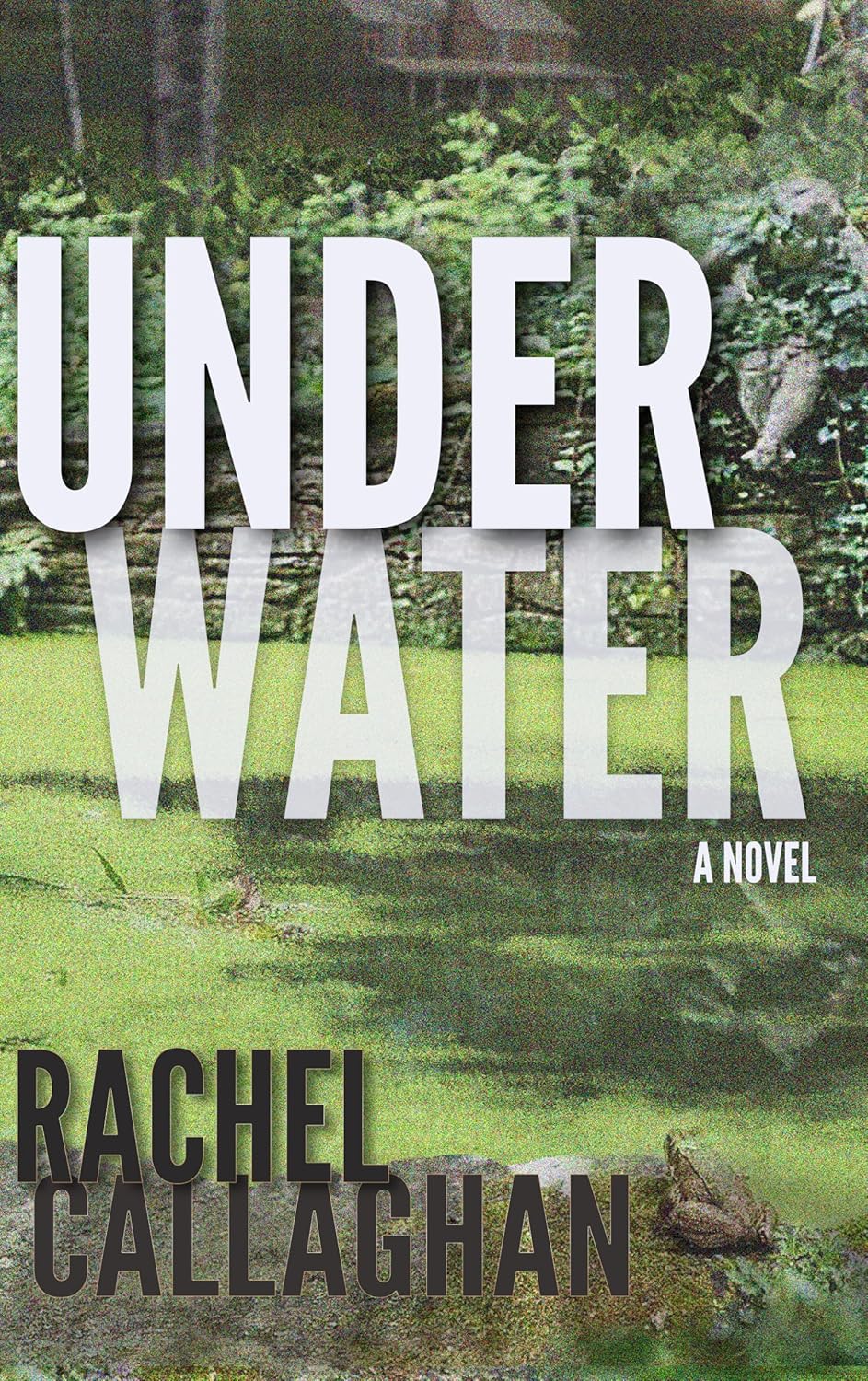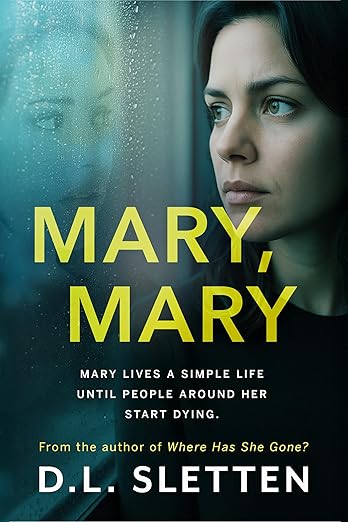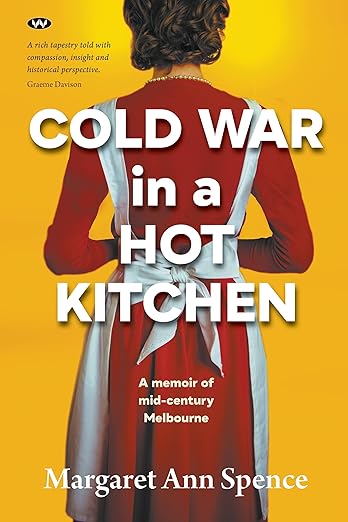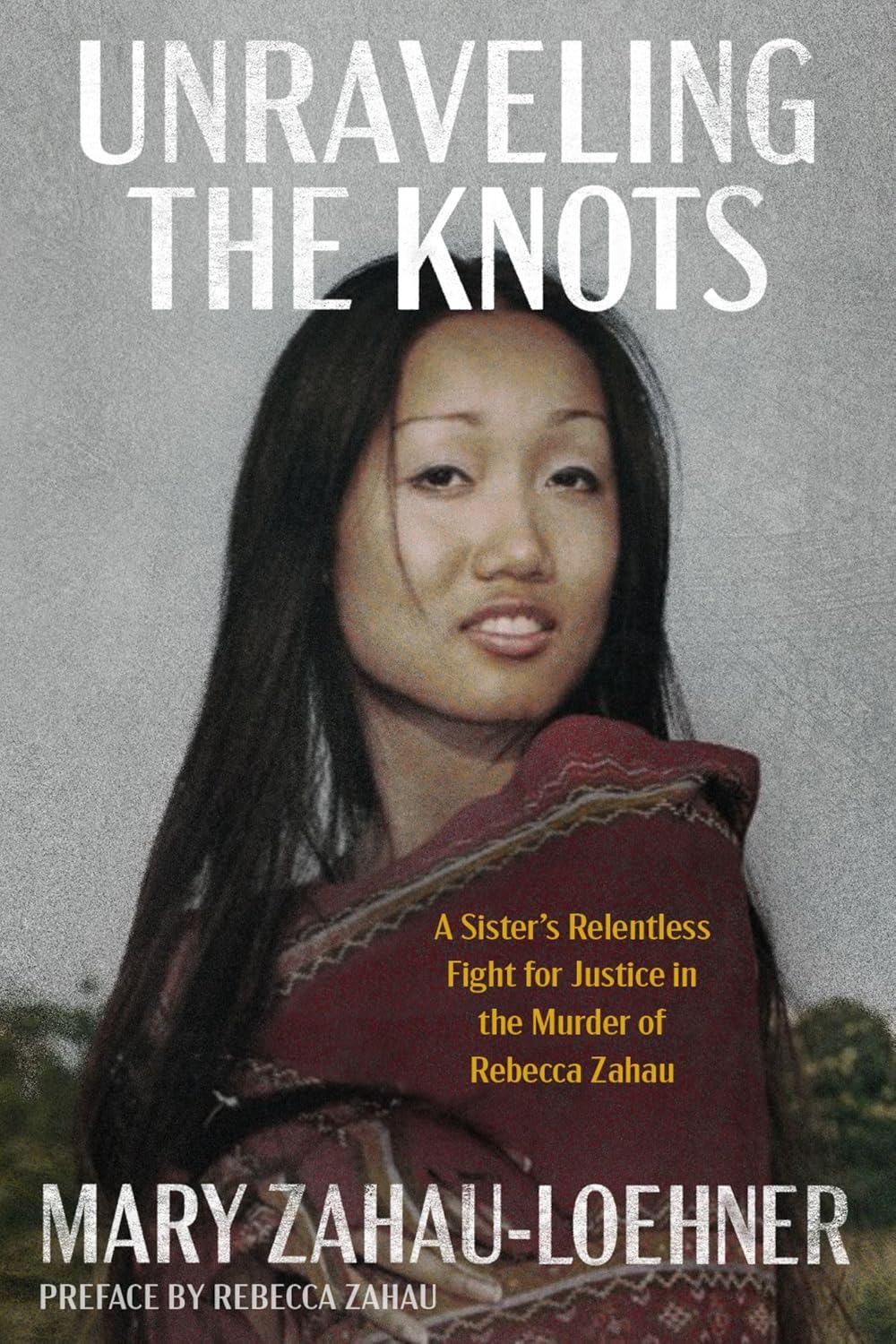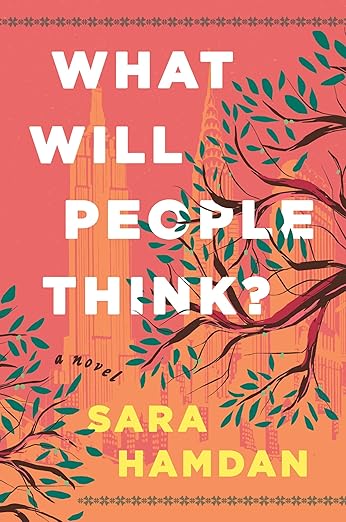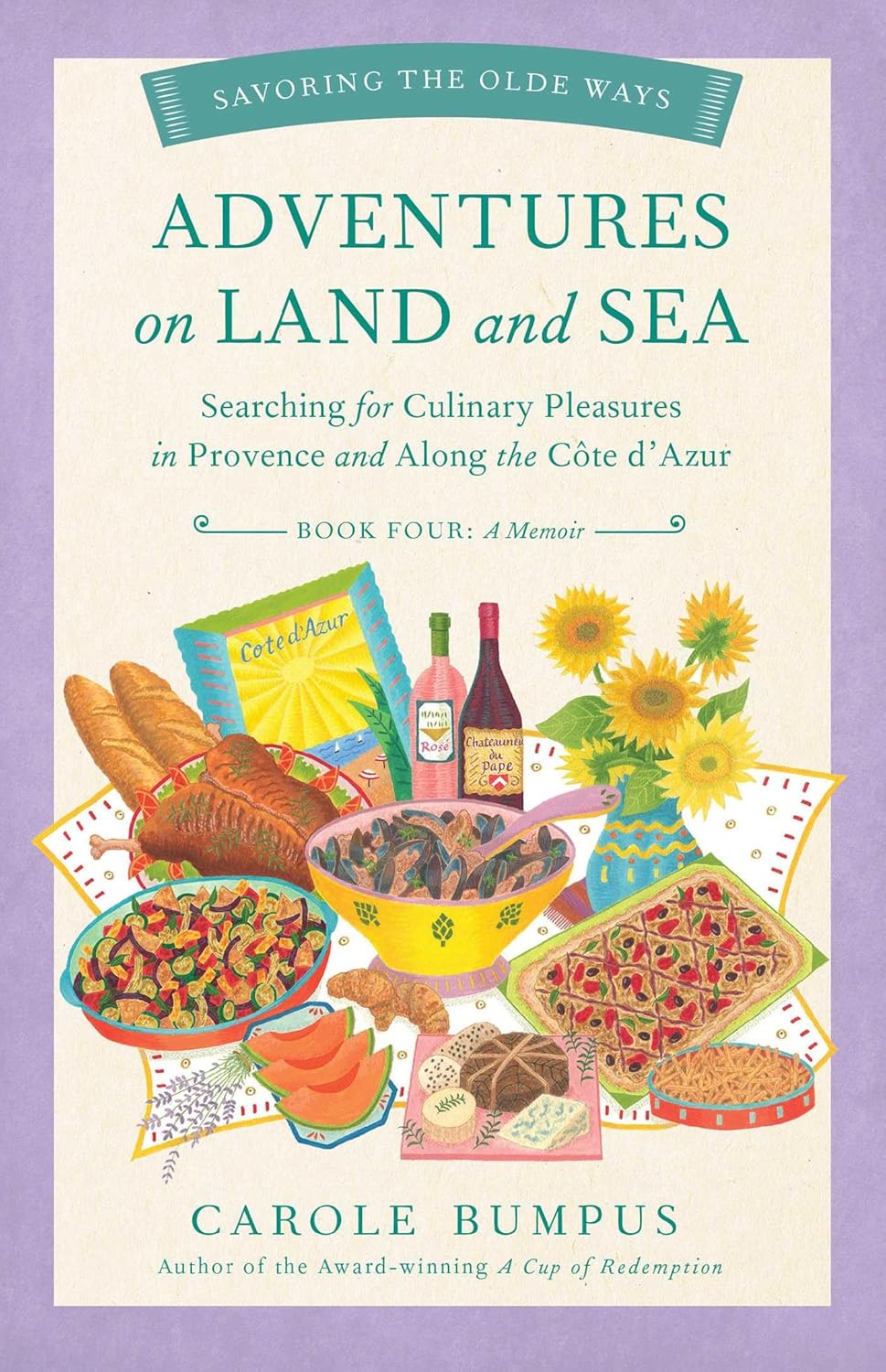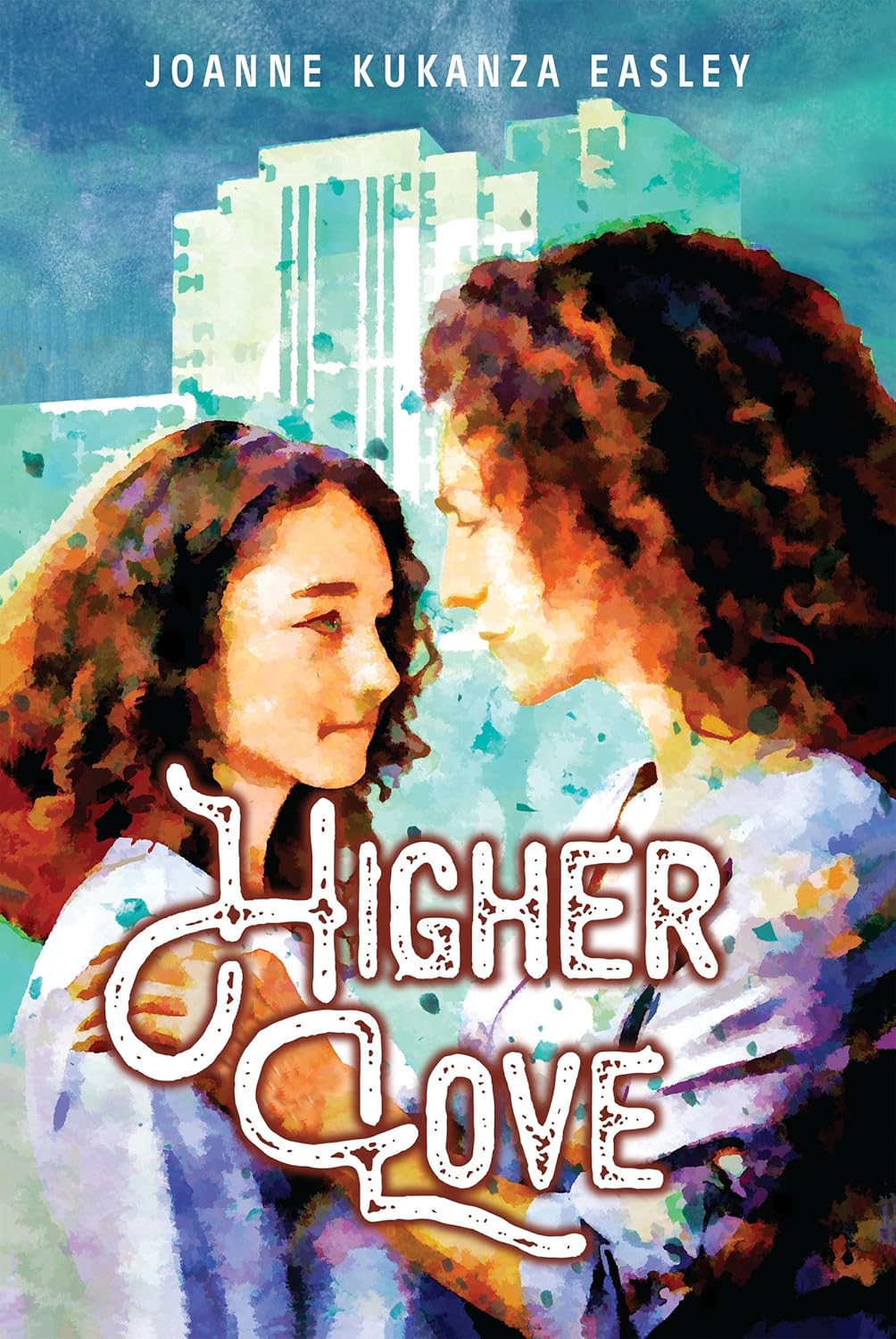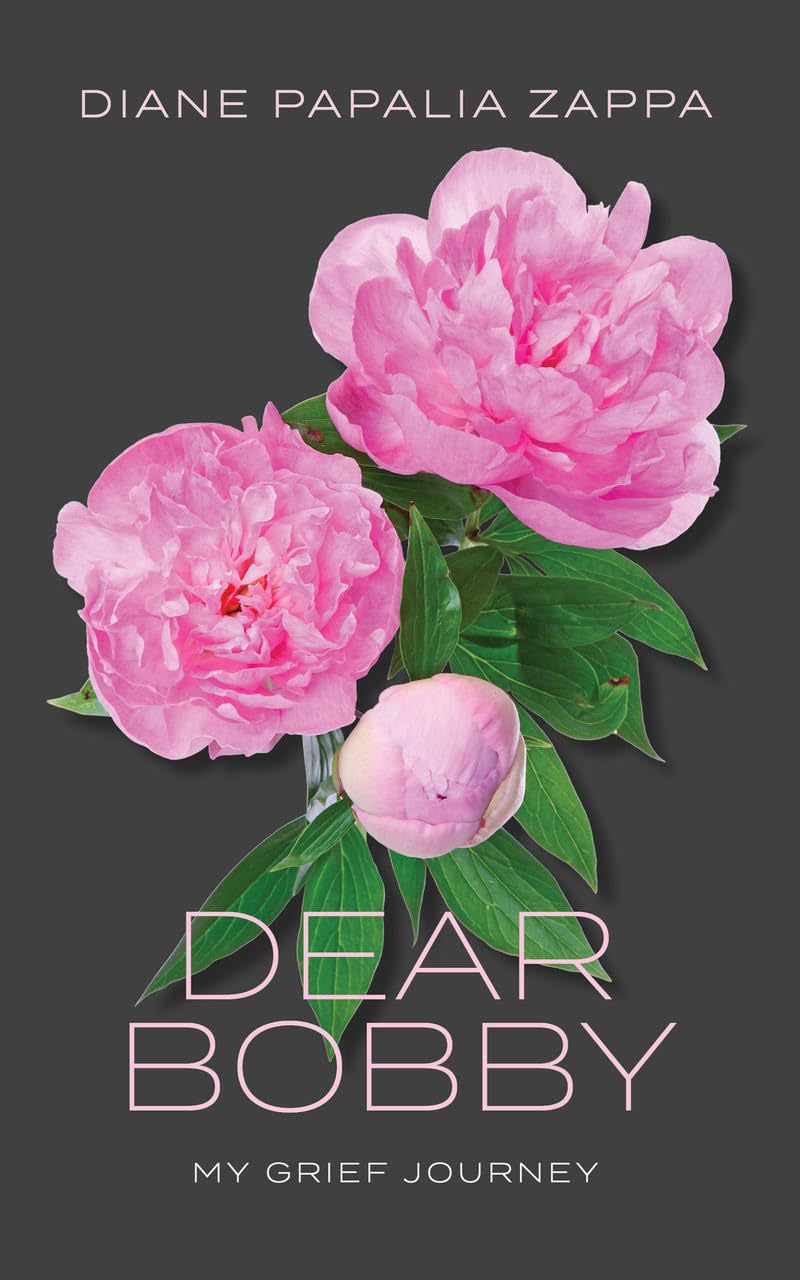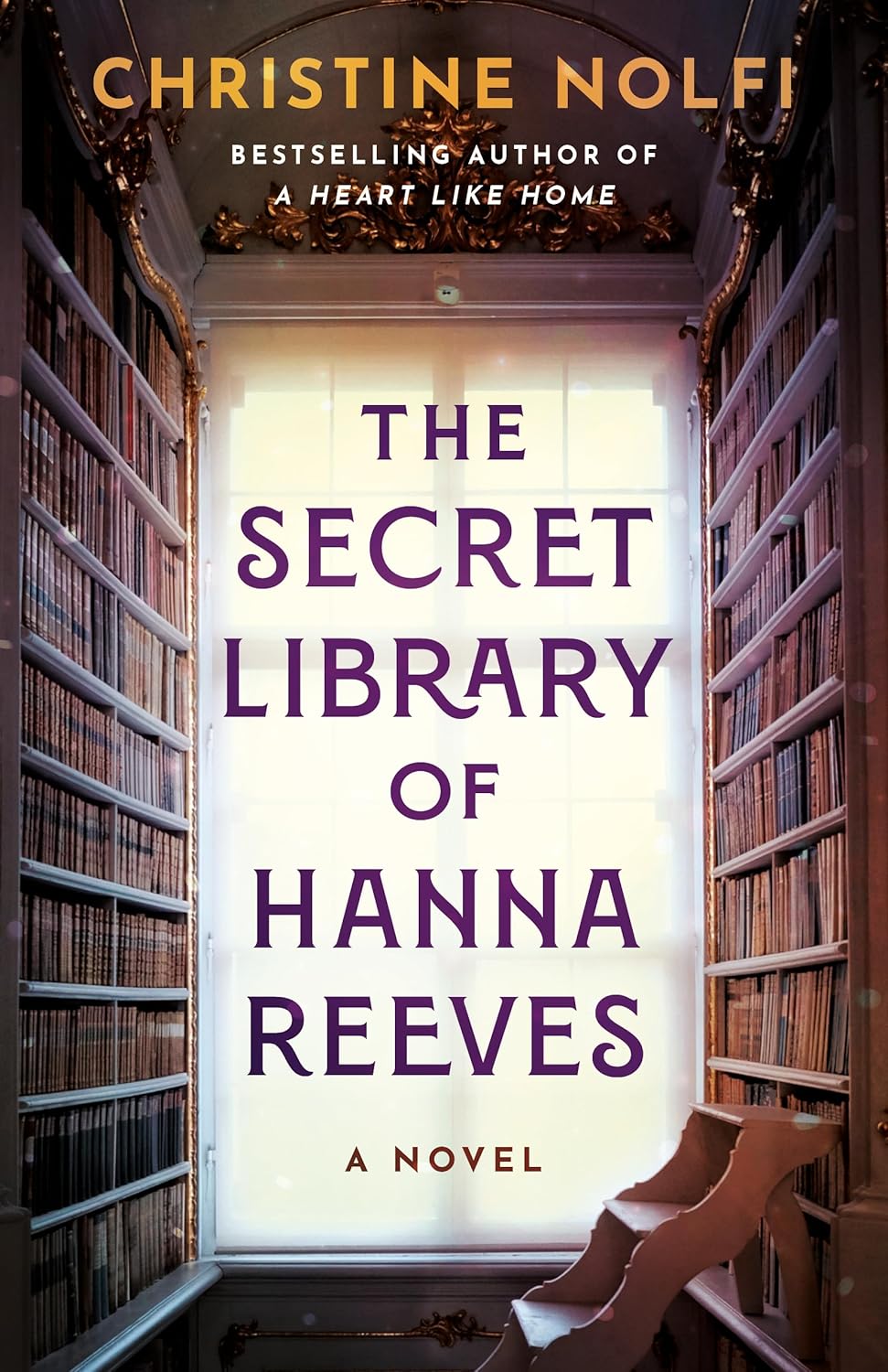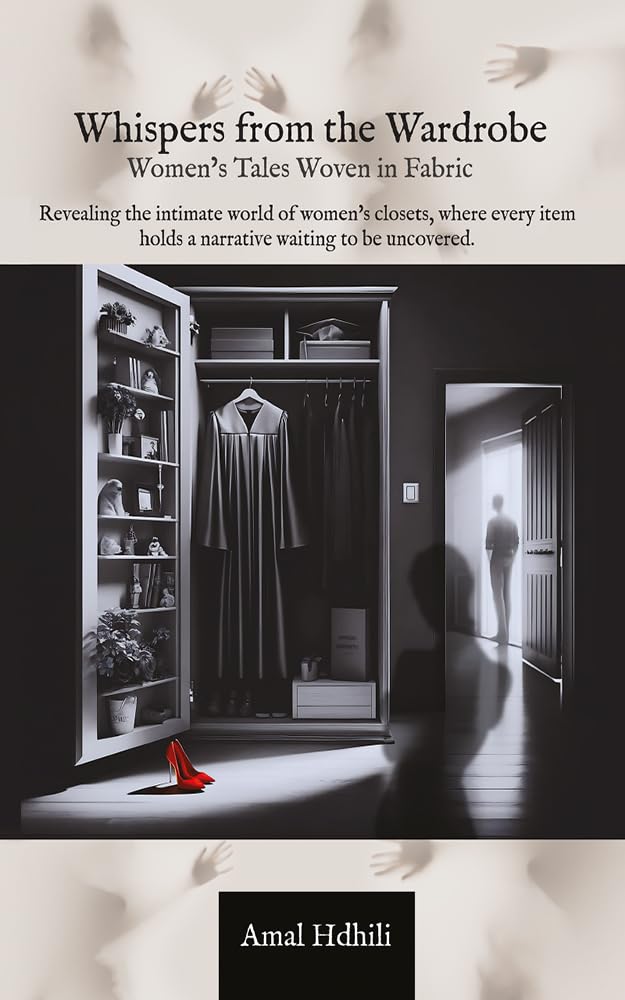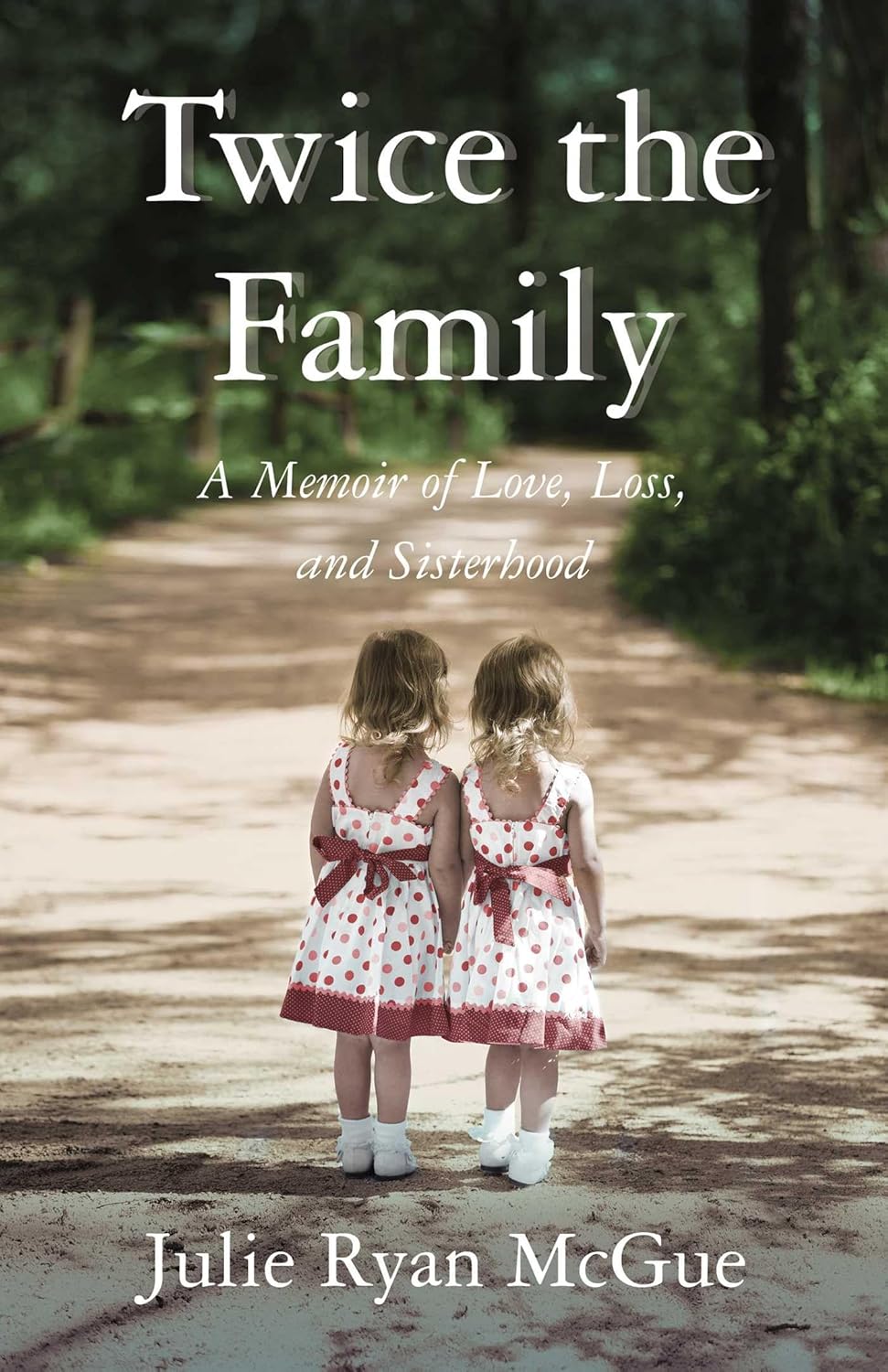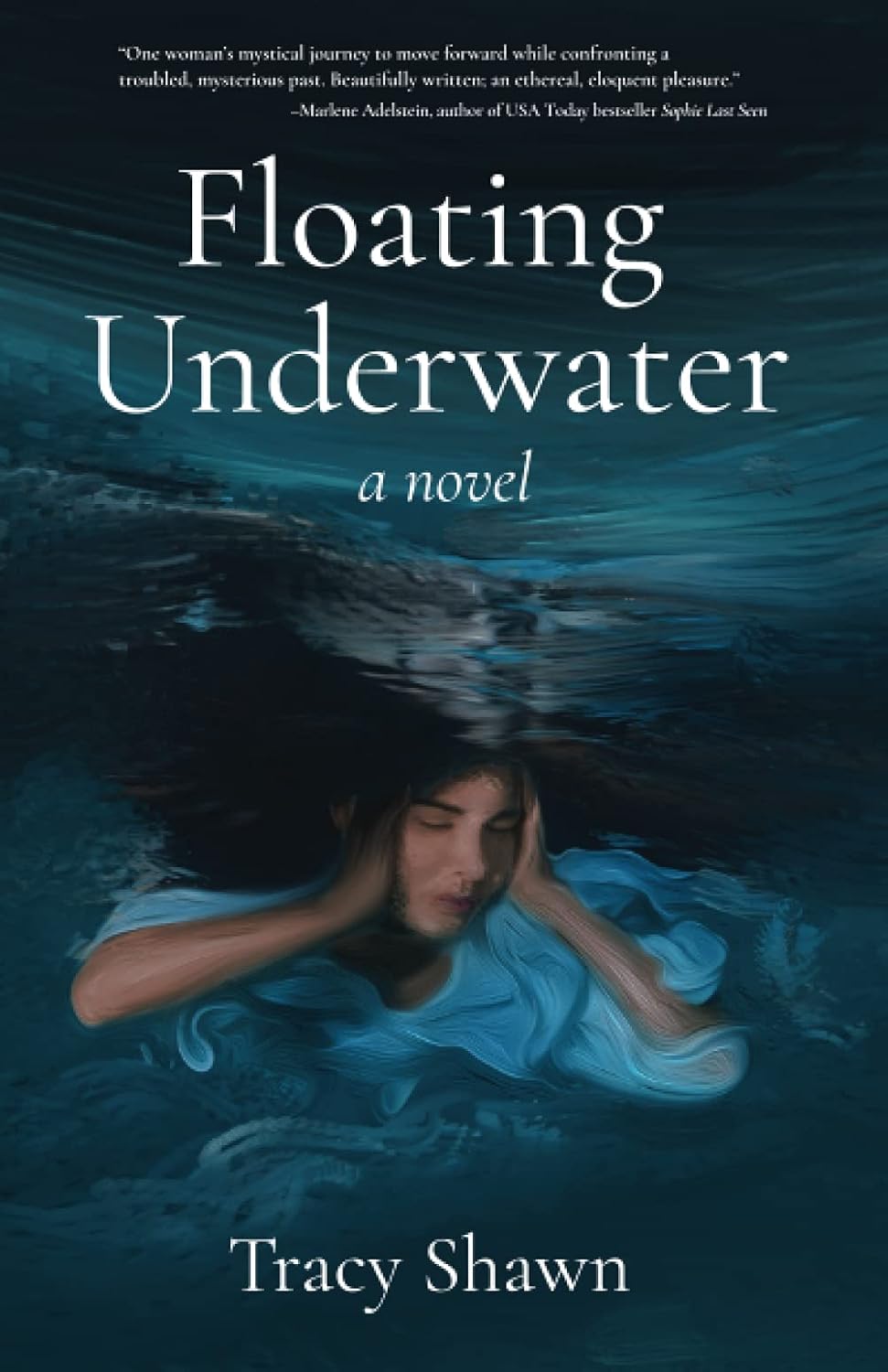The Marmite on the Bookshelf
(or, how to use a good/bad review)
By Stephanie Bretherton
Don’t buy my book.
Seriously, there’s a 50-50 chance, at least, that you will hate it.
Does that sound like the worst kind of marketing? It’s inspired by a hugely successful advertising campaign in the UK many years ago, out of which a popular expression was born: It’s like Marmite, you either love it or hate it. The makers of this strongly flavoured, yeast-based spread knew their product was divisive, that some people loved it to the point of addiction and others gagged at the mere thought of it.
So, my new novel, The Fire In Their Eyes might be a bit “yeasty” for some.
I knew the kind of stories I choose to write wouldn’t be for everybody, that they wouldn’t make me rich, or win a bunch of prizes, and that I’d need a thick skin for the drive-by-one-star-shooters or any unpleasant reviews. Or just for the readers who went “meh”. And we’ve all gone “meh”, haven’t we, even for books many others have adored?
But I also hoped my writing would trigger positive responses, and appeal to those who were, well, a bit like me. Readers fascinated by the same themes, troubled by the same dilemmas, who can peel away the layers to find subjective treasures beneath, stay with the story when it slows down, or trust that the complexity will eventually resolve. Those who appreciate the prose, or may not always like the characters but can empathise with them and join them on their journeys, or relate to anything at all I try to encompass. And, mea culpa, I do try to encompass a lot… the whole spectacular universe sometimes!
A creative pilgrimage… or an exercise in self-indulgence?
When I began my first novel, I knew how hard it would be not only to create a book but to get it out there, so if I was going to trek that Camino, it had to come from the heart and soul as much as the mind. It had to be the kind of book I’d want to read myself – and, as any author knows, you’re going to have to read your own book very many times!
Ultimately, my debut, Bone Lines, fared far better than I expected. It became a Kindle best seller in several categories, several times, and the people who did like it were passionate enough to leave many uplifting, thoughtful and heartfelt reviews. But not before I had shed a rookie’s tear or two when some of my worst fears came to pass.
It’s tough when any of the early responses from out in the wild are negative. We all want to do the best job we can, we all want our babies to be loved, or at least treated kindly, and we all want people to enjoy what we’re offering. But do this for long enough and you know that’s a ‘romantasy’ and you’re always going to be skidding around the learning curve.
My mistake – or not, as time will tell – was to commit to writing a series. Especially with the day job and life stuff meaning it takes me years to complete a book. Why-oh-why, I ask myself, do I write about science when science updates itself all the time? Or about ancient history when archaeology – genetic or physical – is constantly tweaking our perceptions of the deep past. Even if the punts I took on some ideas have since been validated by new discoveries or hypotheses.
The biggest why-oh-why came one year into writing book two – which was always going to feature a pandemic – and then a real-life pandemic hit like a wrecking ball! Oh dear, I asked myself (again), who’ll want to read about this now, when we are living through it? So I re-assessed and made the modern narrative more about the battle to prevent the next one.
“Polyphonic” and a few more nice (or red flag) words
Um, the “modern narrative?” you ask. Oh yes, I forgot to mention that, just to make life even harder, I write in dual timelines set in prehistory and in the present. Not content to simply alternate between two main characters, I decided to add a third narrative to the sequel, based on the young couple that appear briefly in Bone Lines.
A UK literary critic whose reviews have featured in national newspapers and who’s invited to sit on judging panels for book prizes, was kind enough to read and then say very nice things about The Fire In Their Eyes. He also gave me the word “polyphonic”, which feels perfect to describe the book’s multiple points of view.
What’s more, he called it “engrossing” with “memorable characters” and “a joy to read” — but as personal as reading is, I know there’ll be those who speak the dreaded “meh” – even if they hold faith through the weaving process of the early chapters.
One of my editors described The Fire In Their Eyes as an “eco-thriller with a couple of gut-wrenching twists” — and I have to admit the “thriller” part came as a pleasant surprise. I didn’t set out to write a thriller, though, naturally, I was keen to incorporate what I hoped was a gripping storyline (or three) and to make sure there was plenty at stake, with enough jeopardy for my characters to appreciate everything they have to lose.
But there are multiple sections when the book is not so pacy or twisty and more contemplative. Of course, many writers and readers will be familiar with that hilarious list that decodes some of the common descriptions in reviews. We know when one person says “thought-provoking” that could just as easily translate to a series of yawns for somebody else. Nevertheless this term which I’m happy to own appears in another early review, while yet another casts the book as “a brave polemic.”
Some authors might shrink from the latter description, a potentially huge red light for many readers, but for me it is the perfect review for my publisher to add to Amazon and the book’s praise page because, honestly, that red light should be flashing. The last thing I want is anyone who would hate this book, or be bored by it, or frustrated, or confused by it to waste their money and reading time on it. That’s from the heart.
Pantsting, plotting, seriesing and slowburning
I see this book, and indeed the Children of Sarah series so far (and this may well be hubris) as writing for the long-term, as a slow burn, as something someone might pick up in 20 years time and say “Oh that’s fascinating”’ or “prescient” or yes, hopefully, even “brave”.
When I started to write the sequel I had little idea how to progress from the single prehistoric character in Bone Lines, on a solo journey, who rarely interacts with anyone, to picking up the life of her daughter as an old woman and now the honoured shaman of her tribe – a tribe in dire danger.
I didn’t know how the contemporary scientist character – changed somewhat at the end of Bone Lines – was going to do her vital job, explore her ongoing conflicts and hold on to her relationship at a very tender stage. I knew what connected my characters, but I didn’t know how the young couple in the third narrative, a psychiatric nurse and her astrophysicist husband, were going to evolve… other than becoming instrumental to future human evolution. (Not much to ask of them, then, really? 😉
There were so many things I didn’t know – yup, pantster rather than plotter here, and I love when my characters tell me how things should go – but it didn’t help when someone said, “ah, the second book, it’s like that difficult second album for a band that broke onto the scene with a promising debut.” So. Much. Pressure.
The second book in a series has to do three things. It has to reintroduce characters and key events, it has to set up the next book, and it has to stand alone. So it’s certainly been a challenging six years – and for a few, the result may be the wrong side of the Marmite equation, but do I regret it? Goodness, no. If we don’t persist, if we don’t keep trying, if we don’t keep exploring – and on our own terms – then what’s the point?
Keep on keeping on
If there’s one thing common to my characters (apart from being opinionated) it’s a deep-rooted determination, and the desire to seek out alternative solutions or turn a bad situation into something useful. Thus, the inspiration for this blog turned out to be the first negative review landing in my inbox, sadly, a DNF for that reader.
My first reaction was detached and rational. “That’s absolutely fine, I anticipated this, reading is subjective, you can never please everyone.” Then came that little twist in the guts and the panic of “Oh no, I’ve written a book that’s just not up to scratch.” Then came the self-doubt of “Why do I bother?” Then came the equanimity and a spark of “Hmmm. Ok. How can I use this? What can I draw from this? More to the point, I’m a writer… what can I write about this?”
We each have our hurdles and setbacks, our joys and successes. Reactivity is inevitable. The only thing we can manage is our responses, how we adapt – and, after all, adaptability is integral to what makes us human – and exploring that condition is what lies at the heart of my writing.
—
Born in Hong Kong to a pair of Liverpudlians (and something of a nomad ever since) Stephanie now lives on a cliff in Cornwall, in deep gratitude for her coastal perch. Before returning to her first love of writing fiction, Stephanie spent many years pursuing alternative forms of storytelling, from stage to screen and media to marketing. Meanwhile, an enduring love affair with words has led her down many a wormhole on the written page. Drawn to what connects rather than separates, Stephanie is fascinated by the spaces between absolutes and opposites, between science and spirituality, nature and culture. This lifelong curiosity (and occasional conflict) has been channelled into her debut novel, Bone Lines, a Kindle bestseller, and its follow-up, The Fire in Their Eyes, book two in The Children of Sarah series. Stephanie also writes short stories, such as Human Error and Entropy published in Breakthrough Books’ Taking Liberties and Order and Chaos anthologies respectively, and The Right Kind of Medicine for Sunshine Superhighway from J Henge. Various other works in progress keep her busy with authorly procrastination.
THE FIRE IN THEIR EYES
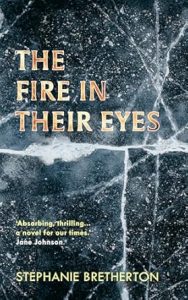 “Arcing back and forth through time, The Fire In Their Eyes is a fast moving, thrilling and absorbing read, and a worthy sequel to the excellent Bone Lines. At its heart lie questions about the nature of humanity, knowledge, information and misinformation, making it very much a novel for our time.” Jane Johnson, renowned author and editor
“Arcing back and forth through time, The Fire In Their Eyes is a fast moving, thrilling and absorbing read, and a worthy sequel to the excellent Bone Lines. At its heart lie questions about the nature of humanity, knowledge, information and misinformation, making it very much a novel for our time.” Jane Johnson, renowned author and editor
“An engrossing, urgent, polyphonic novel about the connections between the planet’s deep past and our present unstable, unpredictable world, driven by a memorable cast of characters. A joy to read.” Jude Cook, novelist, literary critic and prize judge
An ancient cave newly unearthed in Yemen.
A scientific research facility in the Norwegian Arctic.
A fertile valley, home to an isolated tribe in prehistoric Kenya.
In book two of The Children of Sarah series, Dr Eloise Kluft is wrenched from her new-found happiness to join the battle against an emerging biological threat.
In a distant era, an ageing shaman must pit her hard hard-earned wisdom and the gifts of her bloodline against the terrifying dangers she has foreseen for her family.
Looking to an uncertain future, a hopeful young couple navigate the fraught path to parenthood in a world where little makes sense but the courage to love.
The Fire in Their Eyes follows characters first encountered in Bone Lines, as they negotiate life’s risks and joys… and as the heritage of our remarkable human journey is passed along.
“This engaging sequel to Bone Lines eloquently conjures the far-reaching effects of prehistoric life on today’s realities while exploring intersections of science, faith and human nature along the way. A brave polemic for our times.” Nicole Swengley, journalist and author of The Portrait Girl.
“A powerful, thought-provoking read that beautifully captures the spirit and beliefs of our ancient ancestors, whilst also giving a snapshot of the philosophical and scientific thoughts of today.” Emily Pankhurst, book blogger
PREORDER HERE
Category: On Writing




